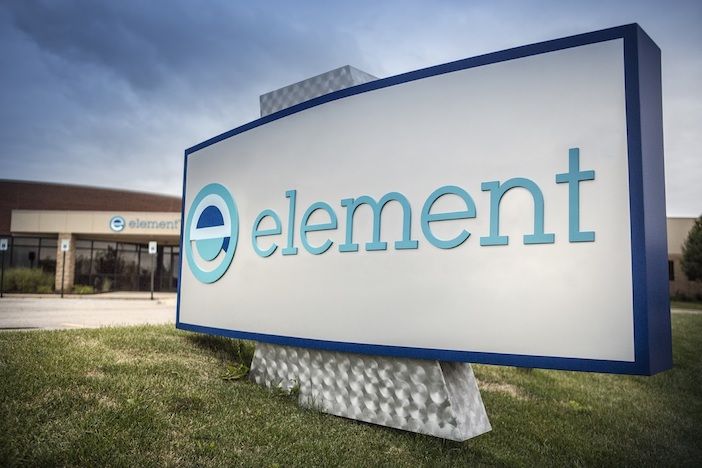Element Materials Technology (Element), a global leader in testing, inspection, and certification (TIC) services, is committed to supporting its customers in accelerating the adoption of hydrogen as a clean energy vector.
The company, seeing the importance of hydrogen in the future Energy System, is making the first of a series of investments out of a US$10m investment program.
This includes new hydrogen testing equipment and expanding its dedicated hydrogen team across the globe, extending Element’s market-leading capabilities in this area.
This substantial investment will enable Element to meet the increasing demand from its customers who are transitioning to cleaner energy solutions and utilizing hydrogen throughout various product life cycles and systems.
These efforts complement Element’s existing services, encompassing areas such as digital modeling and simulation; support for Carbon Capture Usage & Storage projects (CCUS); the development of aerospace and transportation fuel tanks and systems; and the establishment of pipeline and storage facilities for the energy sector.
Element has developed specialized static and dynamic fracture mechanics equipment for its laboratories in the UK and Europe.
This equipment enables hydrogen testing at pressures of up to 100barg, frequencies below 1Hz, and at cryogenic temperatures of up to -269degC, in a variety of test frame configurations.
These capabilities are strategically positioned to serve the UK and European market and support global pipeline infrastructures during the energy transition, to understand fracture mechanics and the impact of hydrogen.
The equipment will be utilized to assess hydrogen infrastructure and storage systems under different in-situ temperatures and pressures.
At Element’s Malvern, UK facility, 11 chambers conduct Electro Magnetic Compatibility (EMC) testing to ensure the seamless operation of complex electronic components in modern vehicles.
Recently, Element has upgraded its Large Equipment Chamber with safety systems to test Hydrogen-fueled vehicles and other equipment utilizing Hydrogen as fuel, catering to customers entering this emerging market.
Element’s recent acquisition of Filton Systems Engineering (FSE), an aerospace engineering and testing services business, further enhances and complements these hydrogen-related offerings.
Filton, with its team of 50 experts, brings extensive expertise in gaseous and liquid hydrogen, supported by a dedicated facility in Kemble, UK, featuring an in-house-designed liquefaction plant.
This complements the acquisition of NTS Laboratories in the US last year, which has a dedicated hydrogen facility in San Bernardino, California that was previously used to support the space market with fluid flows and liquid hydrogen.
A dedicated hydrogen team has been established at Element, comprising experts in fuel cells, infrastructure, electrolysers, cryogenics, process, and functional safety. Working across a variety of market sectors for hydrogen, they are situated to coordinate services across Element’s laboratories worldwide. This team, in conjunction with the skills and capabilities of FSE, forms a wealth of knowledge and experience that can be applied to customer projects related to hydrogen, carbon capture, and infrastructure transition – across the full value chain and product life cycles.
Mark Eldridge, director of Hydrogen at Element said, “As hydrogen takes center stage in the global clean energy market, the materials and infrastructure involved present new challenges and contexts for use. Our recent equipment investments position us as Europe’s largest capacity for fracture mechanics testing in the hydrogen sector, with expertise in gaseous and cryogenic liquids. With our deep expertise in materials science, corrosion, coatings, and electrochemistry, we offer state-of-the-art testing, certification, and consulting services for various aspects of hydrogen-related technologies. Coupled with our significant digital engineering expertise, these services expedite time-to-market, crucial in achieving stringent net-zero targets.”





